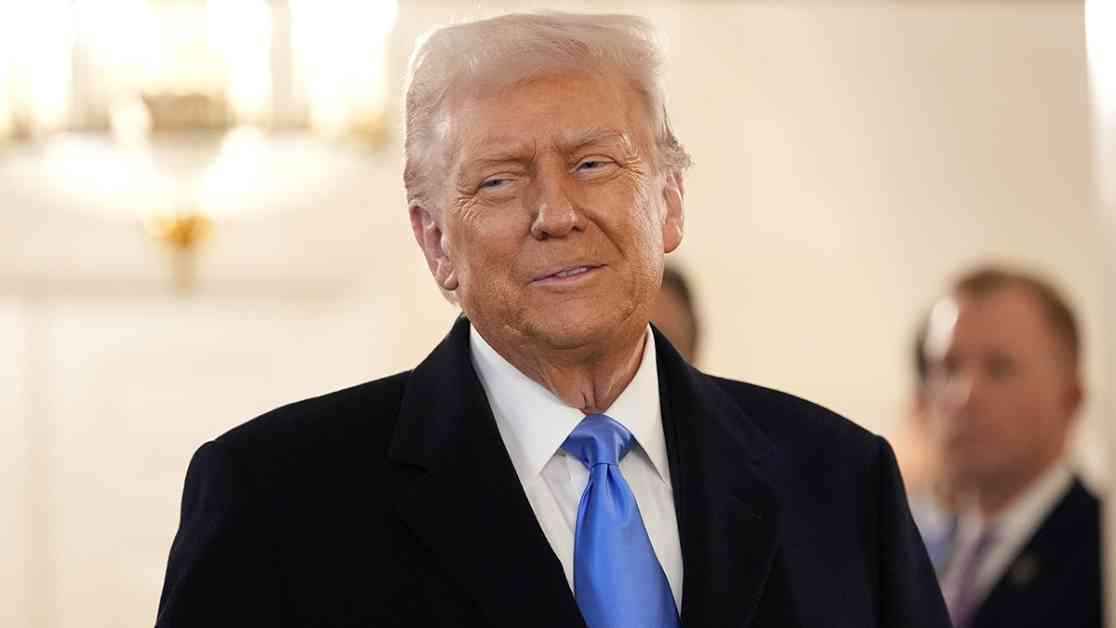In a recent development, a federal judge has given the green light to President Donald Trump’s initiative to reduce the federal workforce through a deferred resignation program. This decision comes after a temporary halt last week by U.S. District Judge George A. O’Toole Jr., just hours before the deadline for employees to accept mass buyouts was set to expire.
Unions’ Legal Challenge
The administration’s offer of buyouts faced legal pushback from labor unions representing government workers, who argued that such a directive lacked legal authorization. However, in his ruling, Judge O’Toole determined that the unions did not have the necessary legal standing to challenge the program. He emphasized that the plaintiffs were not directly impacted by the directive but rather raised concerns about its potential repercussions on executive branch employees. As a result, he dissolved the temporary restraining order and denied further injunctive relief.
This decision marks a significant legal victory for President Trump amid a series of legal setbacks. White House press secretary Karoline Leavitt commended the ruling, highlighting it as the first of many forthcoming legal victories for the President. However, Everett Kelley, the head of the American Federation of Government Employees, expressed disappointment at the ruling, referring to it as a setback in the pursuit of dignity and fairness for public servants. Despite this setback, he noted that AFGE’s legal team would assess the decision and consider next steps.
Implications for Federal Workers
The “deferred resignation” program, which offers federal employees the option to resign immediately but receive payment through September, has already been accepted by tens of thousands of workers. However, with the recent legal developments, the future implications for these employees remain uncertain. While the Office of Personnel Management extended the offer to most full-time federal workers, there were exceptions for certain categories of employees.
Legal experts have raised questions regarding the validity of the buyout offer, with concerns about the administration potentially rescinding the plan, leaving employees in a precarious position. A senior administration official estimated that 5%-10% of the federal workforce might opt to resign under this program, potentially resulting in substantial cost savings. At the time of the temporary freeze ordered by Judge O’Toole, 60,000 employees had accepted the buyout offer.
As the legal battle unfolds and federal workers navigate the implications of the ruling, the uncertainty surrounding the program’s future raises concerns about the stability and security of affected employees.
This article originally appeared on NBCNews.com, providing a comprehensive overview of the legal challenges and implications of President Trump’s workforce downsizing initiative. Stay tuned for further updates on this evolving story.


